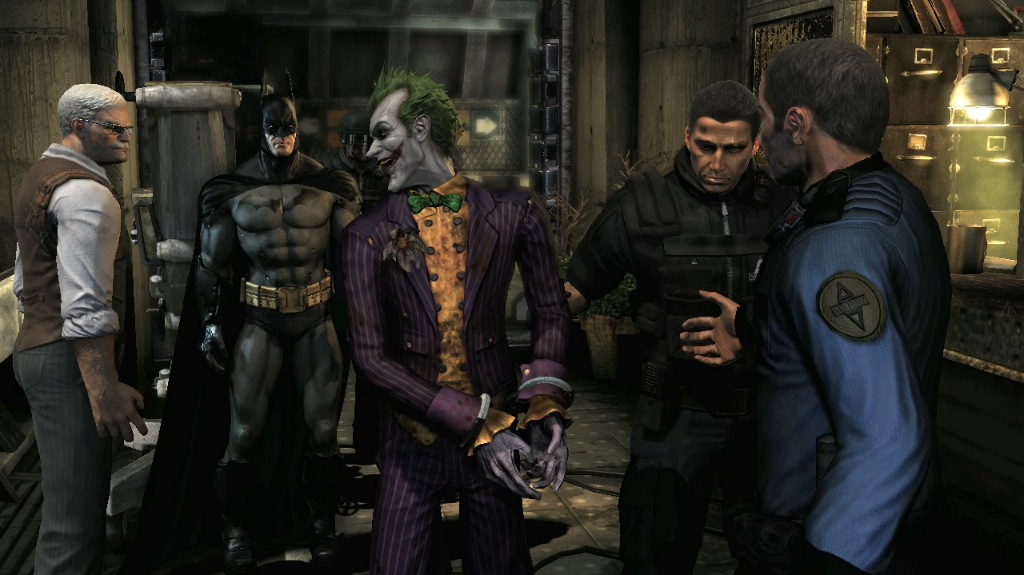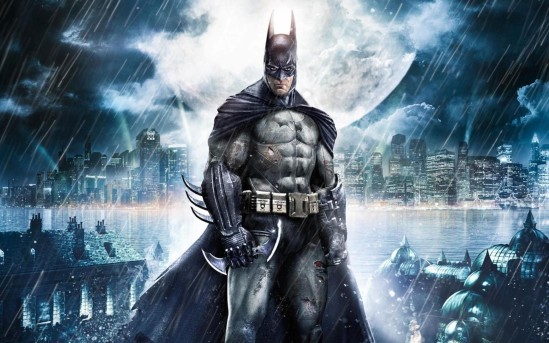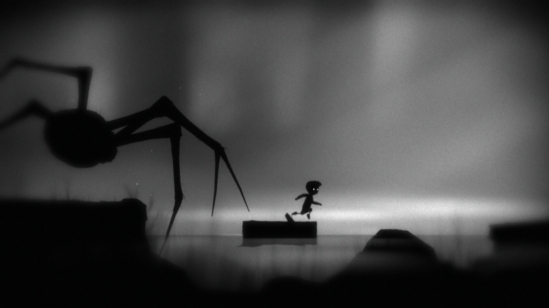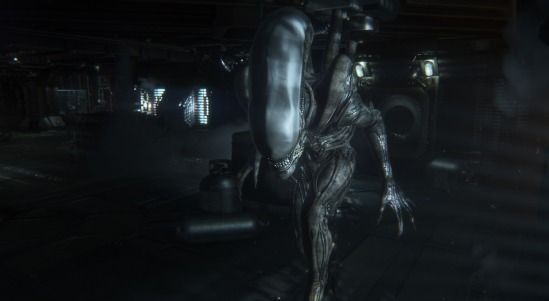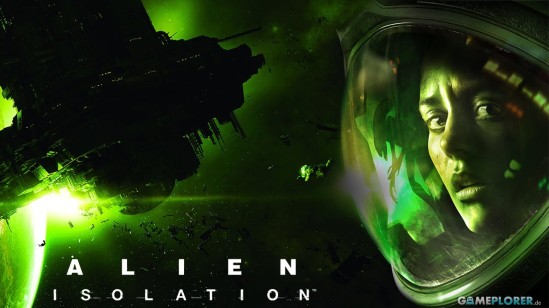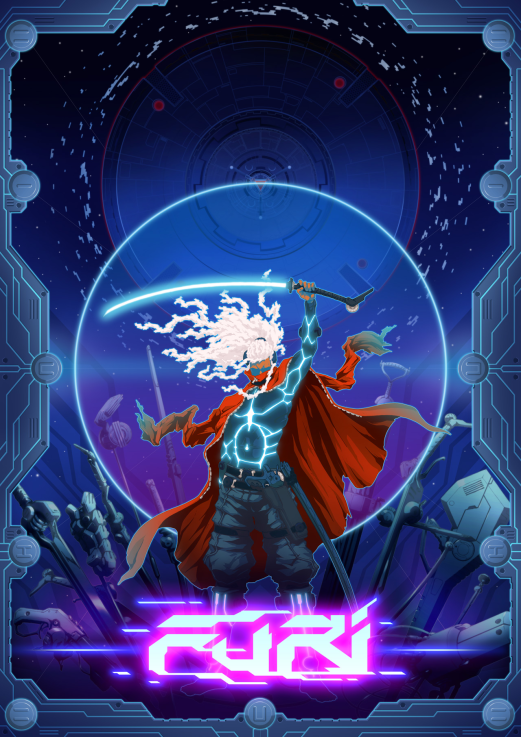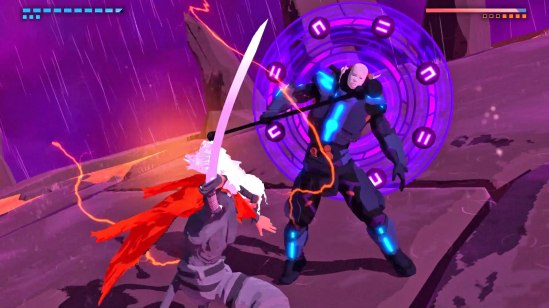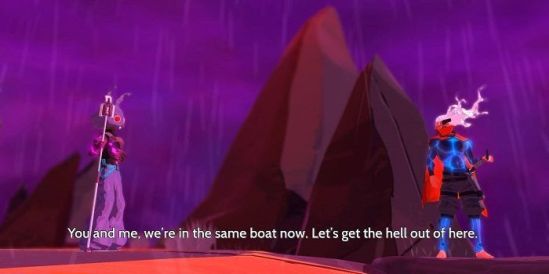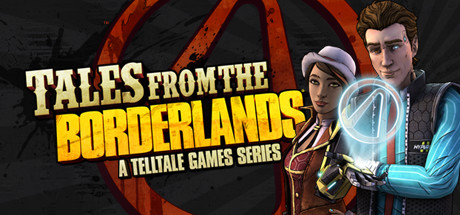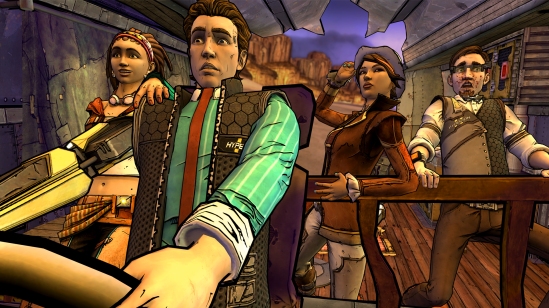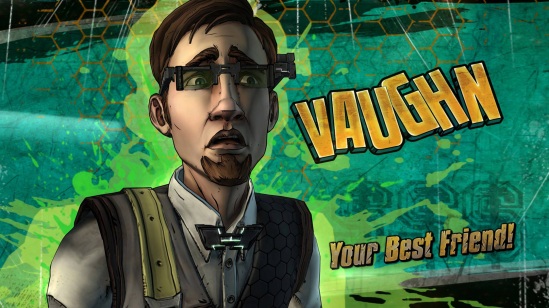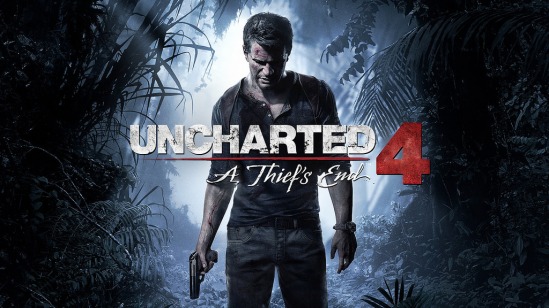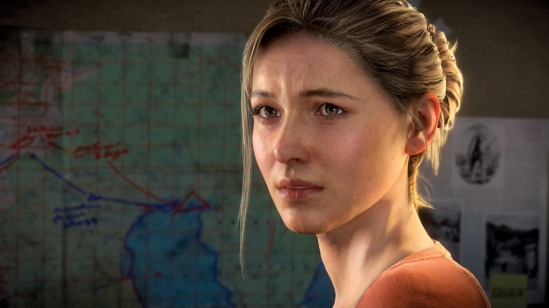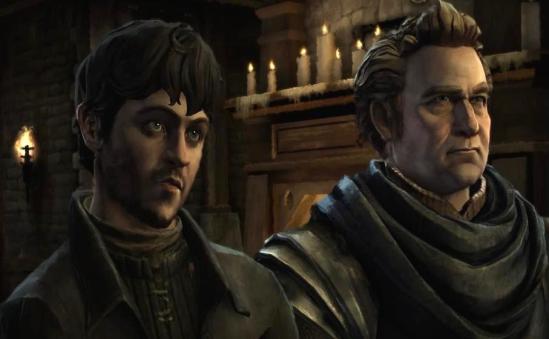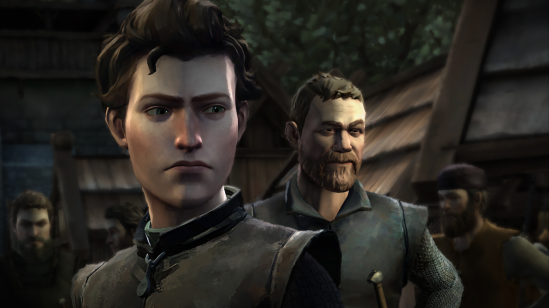I simply can’t find a racing game as good as Need for Speed Most Wanted (the first one). Hundreds of hours were put into customizing rides and taking down the baddest racers in the city. I had so many cars in my garage that I had filled it up, and I had to create another save file, because I just couldn’t part with my creations. I spent many Sunday mornings racing around in my fully-upgraded Lotus Elise for the fun of it. I’ve been searching for a racing game to match the glory days of Most Wanted ever since I moved on to my PS3. The latest excursion in my search is 2015’s Need for Speed ‘reboot.’ I snagged it on the PSN during the month long holiday sale, and I waited until I got the platinum for Ratchet and Clank A Crack in Time and Oxenfree before I jumped in, because I thought I wouldn’t be able to pull myself away once I started. I couldn’t have been more wrong. After only playing a couple hours, I’m relieved I only paid five bucks for this one. Don’t get me wrong, I’m going to finish it, and I’m already setting my sights on what looks like an easy platinum. However, I’m not looking forward to all the frustration and further disappointment that awaits.
I must confess, I don’t usually get my hopes up for racing games, and I don’t buy many at all. I typically assume that most will just be disappointing. Need for Speed’s low price tag was the major factor in my interest in it. Reviews made the game out to seem pretty fun or average, but the complaints they made weren’t things that really mattered to me. The nighttime driving looked reminiscent of the old Need for Speed Underground games that sparked my love for customizing cars and leaving the competition in the dust. While the graphics of those older games may be laughable now, they did one thing that I completely took for granted: it kept the cars clean. 2015’s Need for Speed is a great looking game that commits to a certain degree of realism. Part of that realism is the mud that gets on your car from driving in the almost constant rainfall. It ruins the effect of having a car that had a lot of time put into its design. I don’t want mud covering up the decals I spent ten minutes aligning just perfectly. On top of the mud is the damage that happens to your car when you inevitably ram into something or someone. The only time I’ve seen my car in nice condition is while I’m customizing it or right after I pull it out of the garage. Otherwise, it’s covering in scrapes, dings, and mud. It makes me wonder why I should bother putting the time into the customization feature at all. I was really hyped for going into some deep customization mechanics, so I’m deeply disappointed that I’m feeling this way.
I’m also frustrated. I lost the first four or so races I attempted, which seemed really bizarre to me. Every arcade racing game I’ve played practically gives you the first few to help you get used to the mechanics. This game has me resisting the urge to punch my screen because I can’t win the races that are labeled as “easy” on the map. Trust me, at first I thought I was just bad at the game at first, but a Google search showed me that there are a lot of complaints revolving around this issue in the gaming community. From my perspective, the game seems to have an unbalanced AI. I will easily fly by my opponents one minute and have them cruise by me like they suddenly received an upgrade the next. This often happens near the end of races when I have no hope of catching up–regardless of if I’m going top speed or not. Then there’s the issue of the “Drift Train” races–an admittedly interesting concept where racers need to stick as a group through a race in order to score big on their drifts. Whoever receives the most points by the end wins. I think this is a cool idea. What’s more satisfying than seeing six cars drifting around corners in perfect unison? Well if you think that’s satisfying then you’re going to be sorely disappointed by these races. If you’re even able to stick with the group you’ll be rammed by racers around you–effectively ruining your drift and preventing you from scoring on that turn. I don’t mean, “oops, I accidentally got in that other guy’s way.” I mean, “that guy just abandoned the concept of getting a high score in order to ram me out of my chances of winning.” I’m not talking human players trolling me. I’m talking about the AI here.
I know this article sounds like a big rant, but I can’t help but be a little passionate about this one. I love Need for Speed! The last thing I want is for the series to be rebooted with what’s already turning out to be a weak game. The FMV scenes are a nice touch though. It’s nostalgic to experience them again, as Most Wanted was the last Need for Speed I played that had them. They’re corny and the acting is hilarious, but I can’t help but enjoy them to some degree. Unfortunately, that’s all I can positively say about the cast, because they endlessly bombard you with calls regardless of whether you’re in a race or not. It’s very irritating! On top of that, my first couple of hours have been peppered with tutorial messages that completely cover the screen, and they don’t pause the game when they appear either. Twice now I’ve been in a race or just driving somewhere and a random message pops up blocking my view. This whole situation just kind of sucks. I don’t even like to drive to events anymore, because they force you to be facing the right way to initiate an event, and I somehow always manage to show up from the wrong way. So many issues are taking the fun out of this title for me. I hope I’m wrong and I’m making preemptive assumptions here. Maybe I’ll hop back on this weekend and realize that Need for Speed is actually a really fun game that I can’t get enough of. I sincerely wish for that to happen. If it actually will is up in the air until I can find time between work, class, homework, and writing.
What do you think? Do you dig my initial thoughts, or have you played Need for Speed and think I’m being too hasty with my judgement? Let me know in the comments below.



